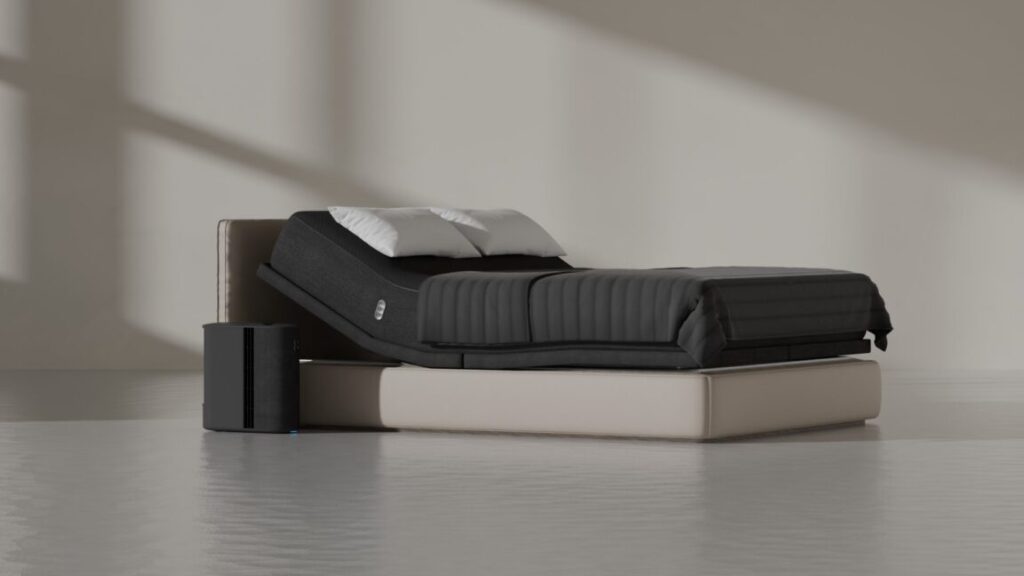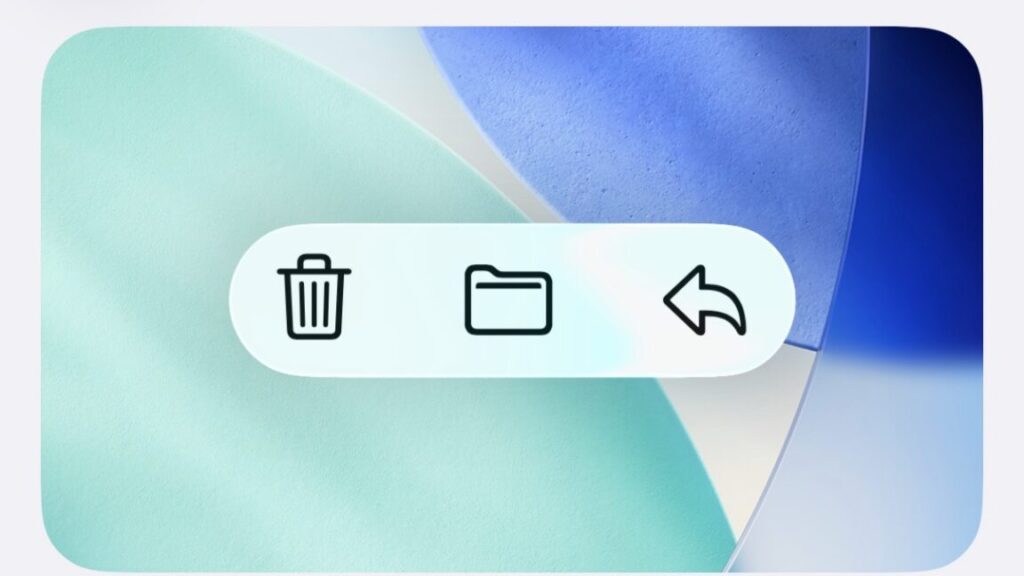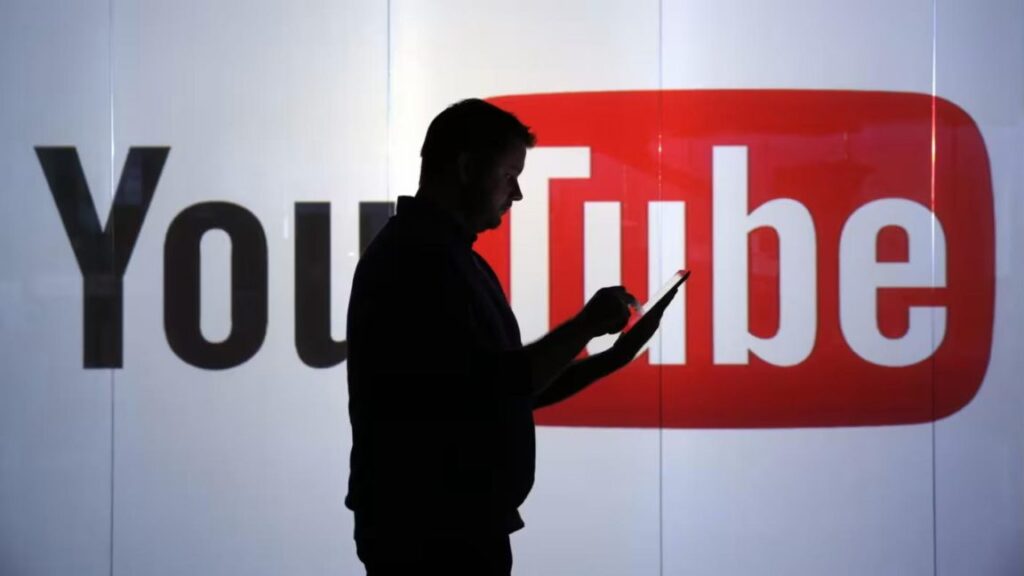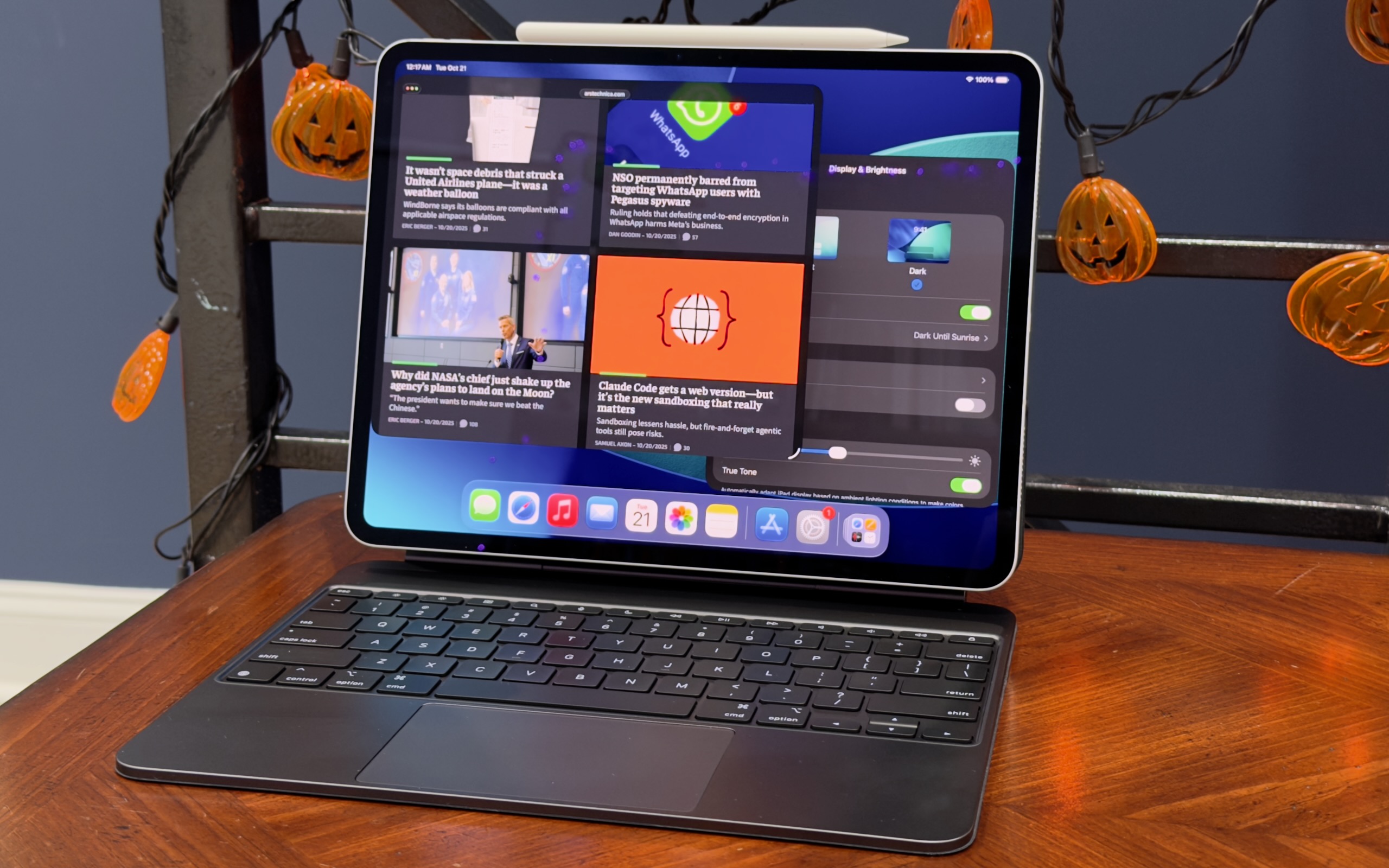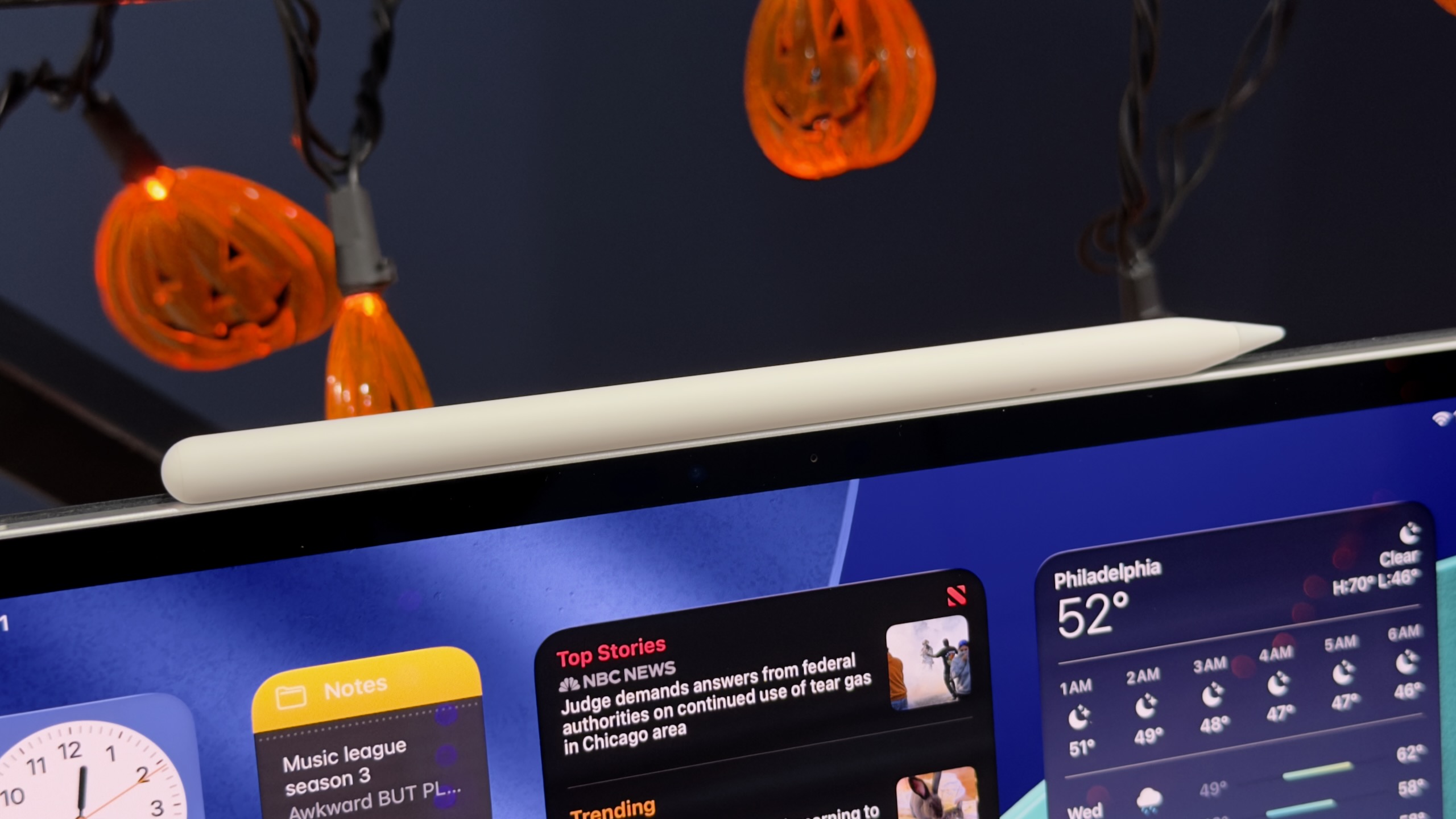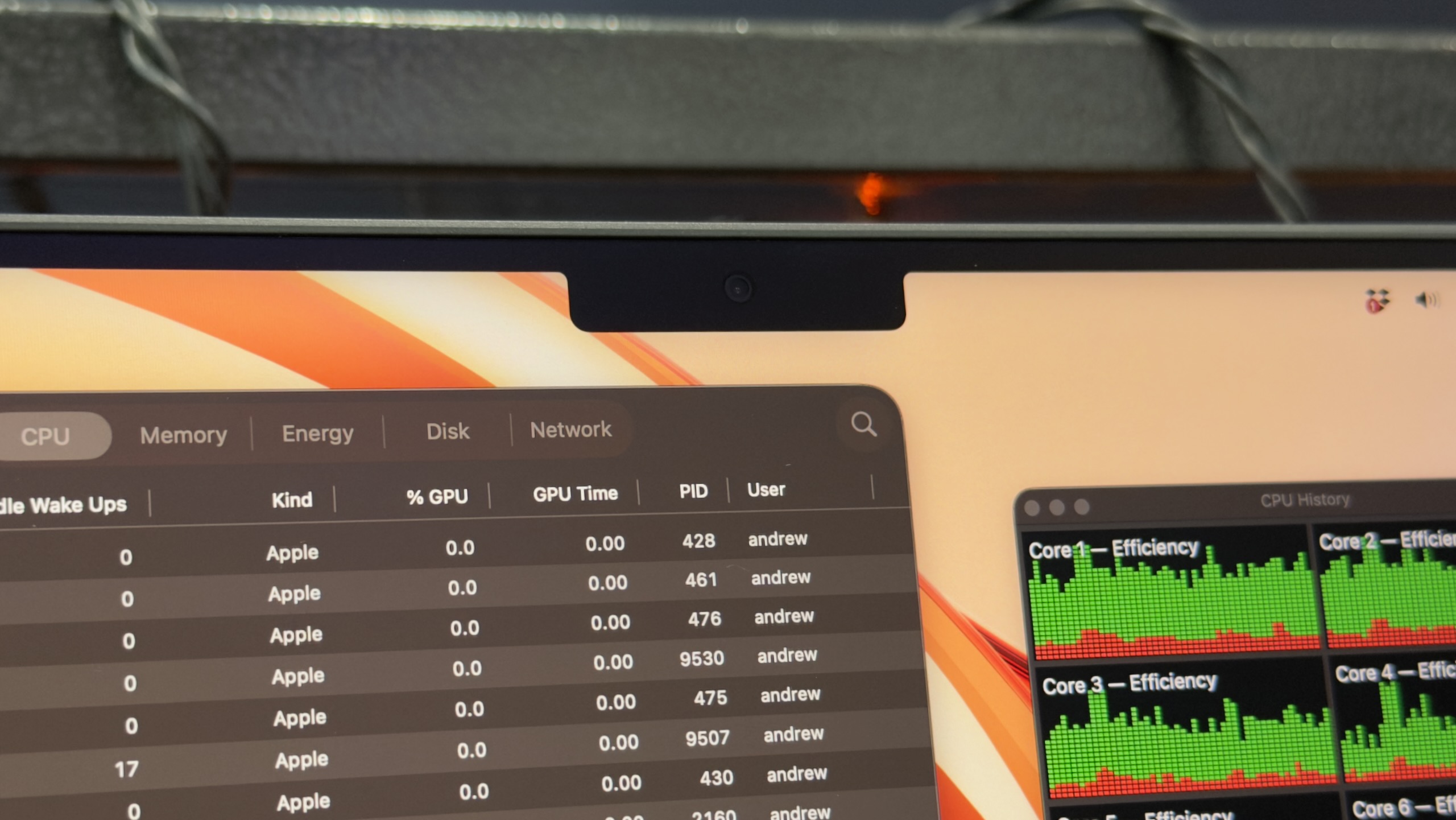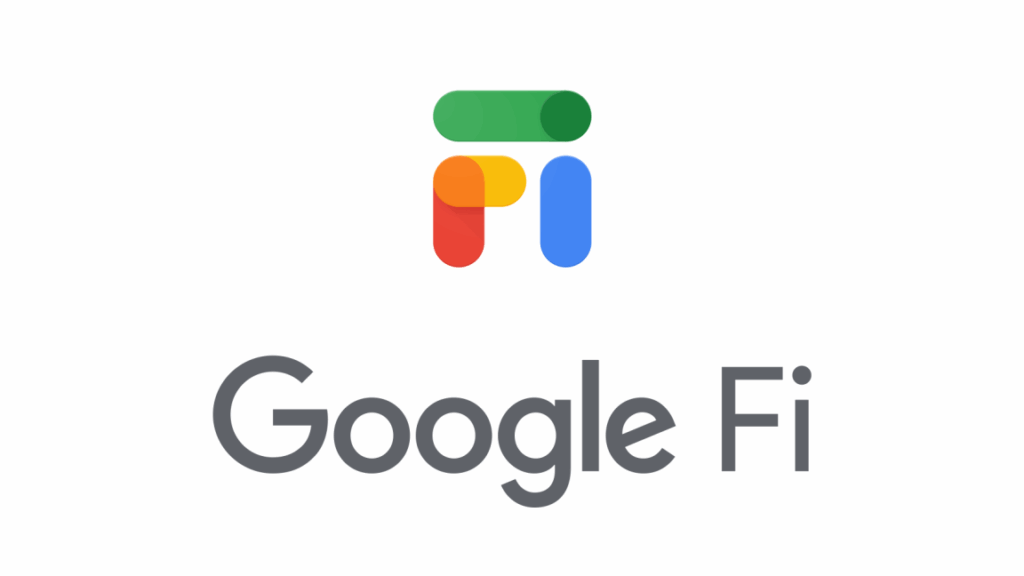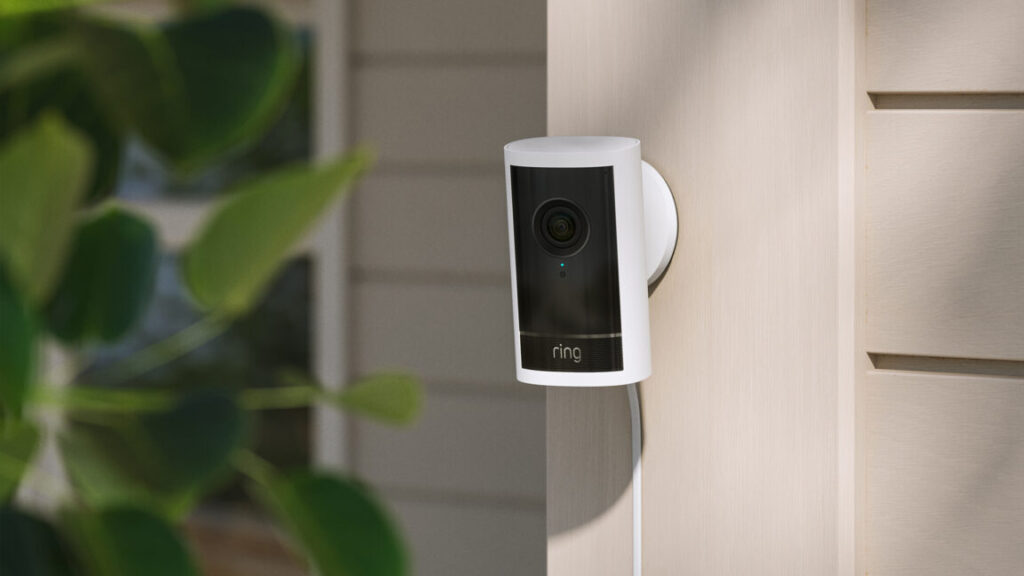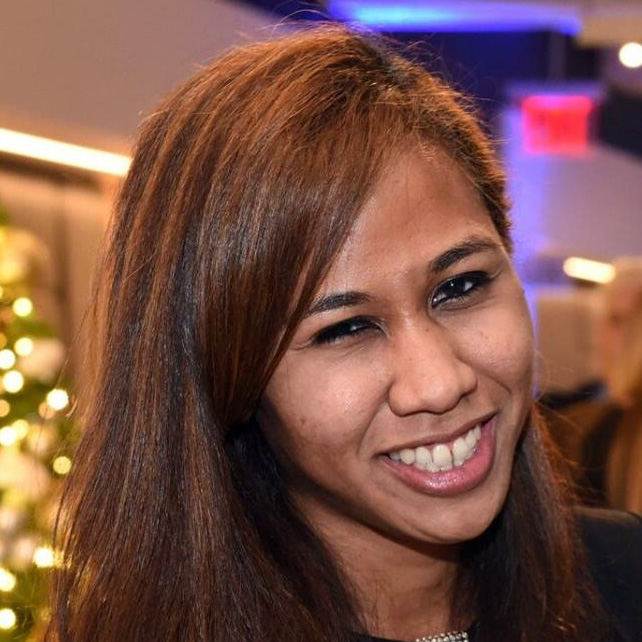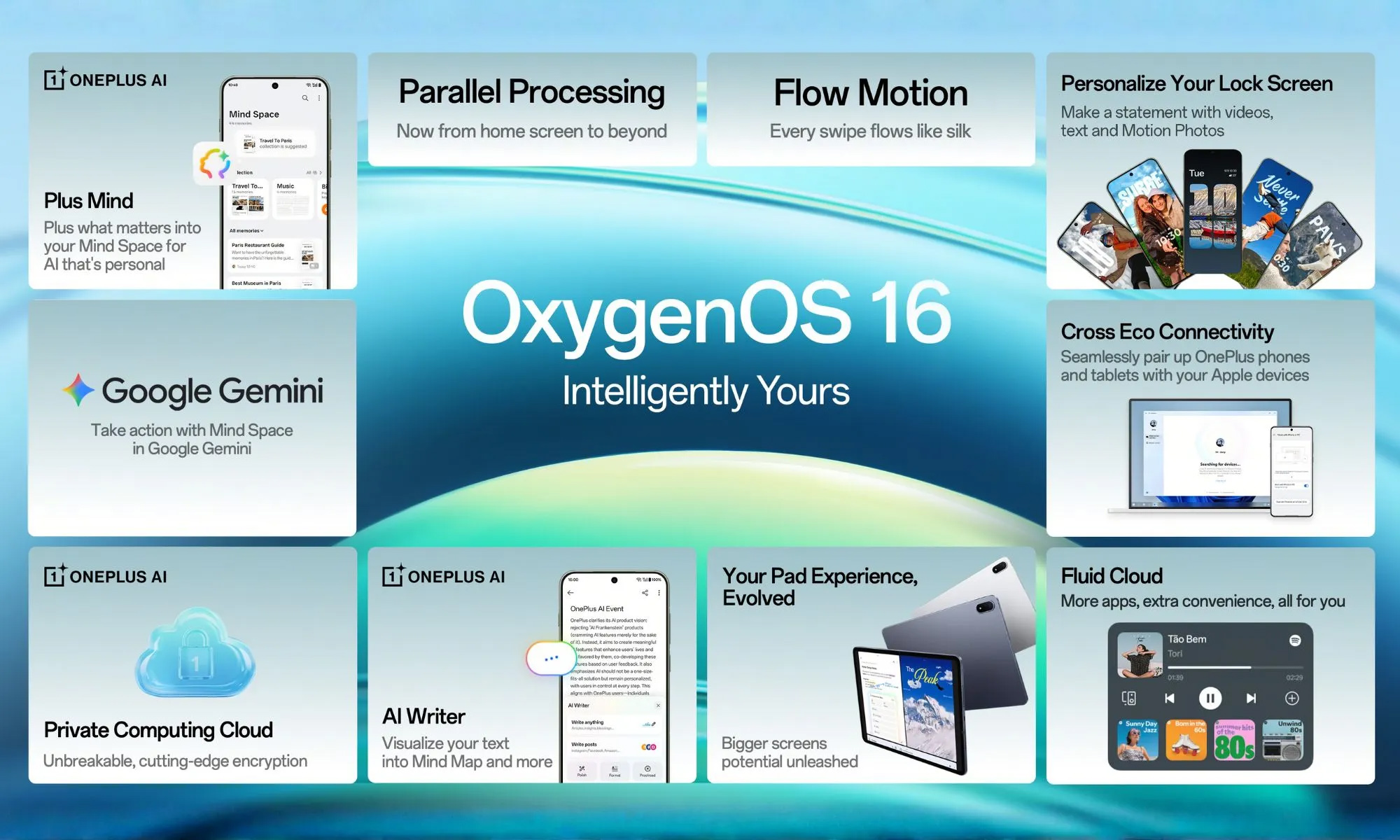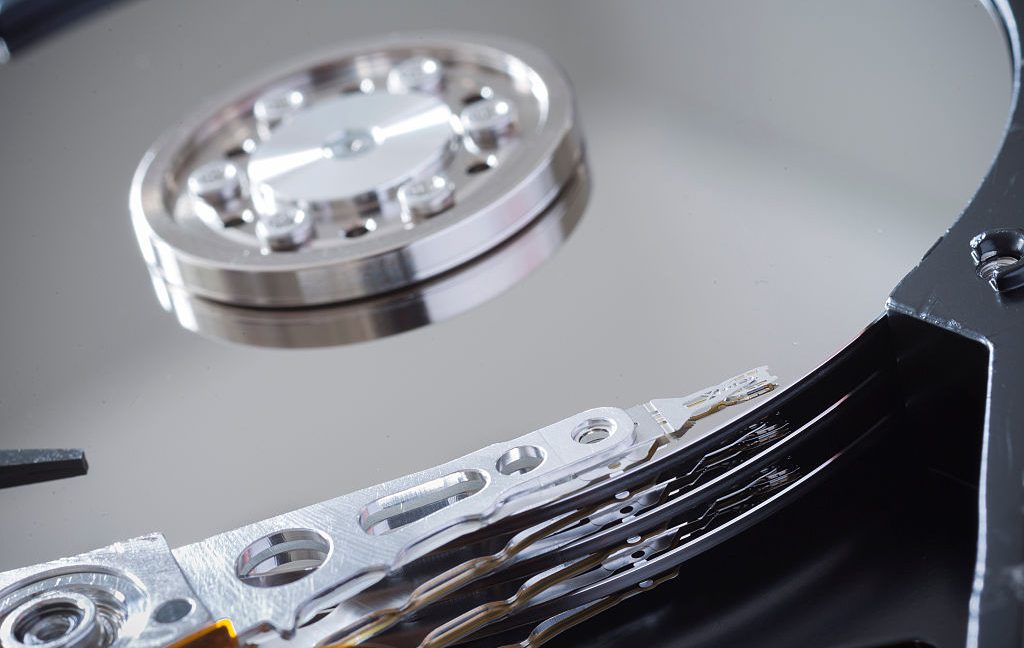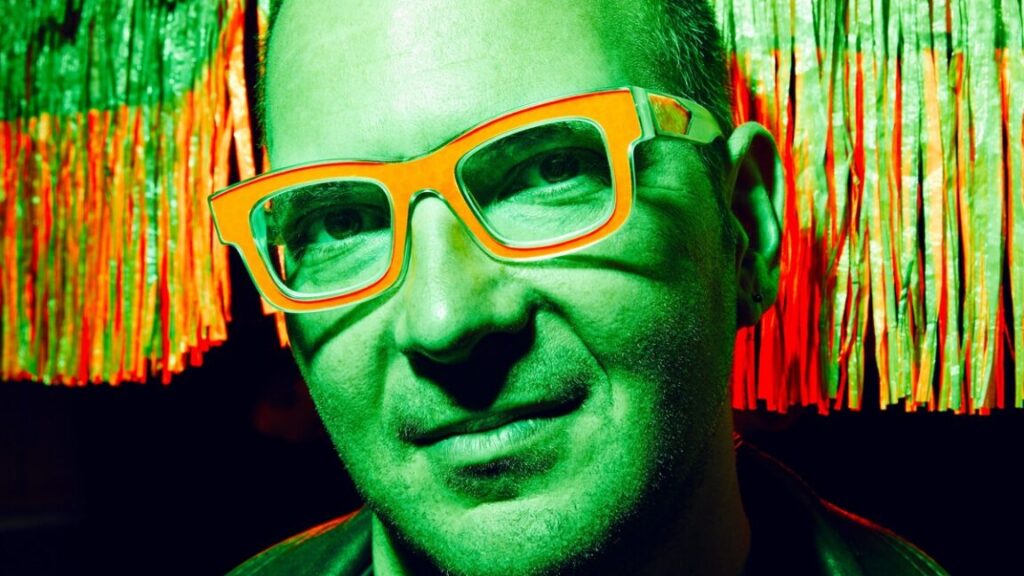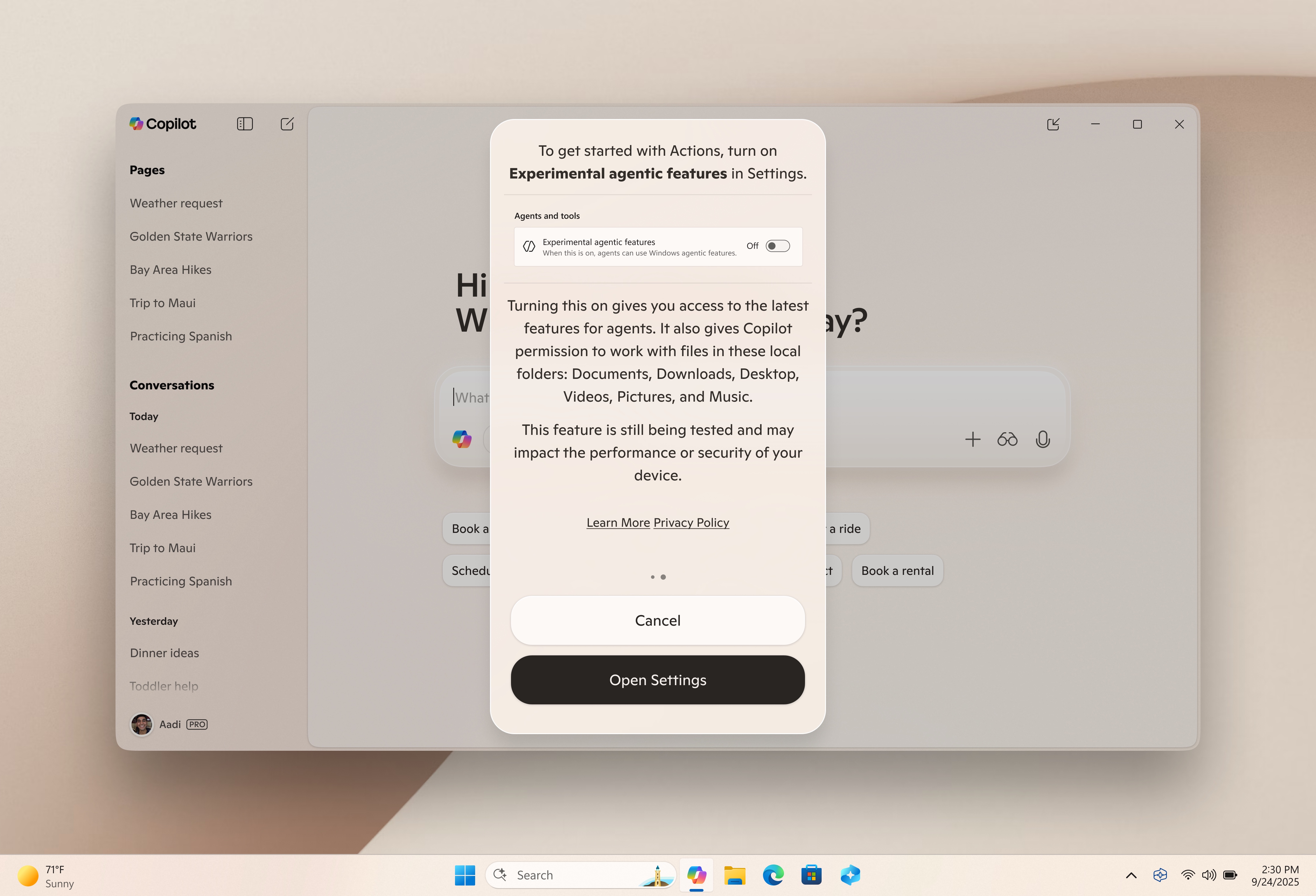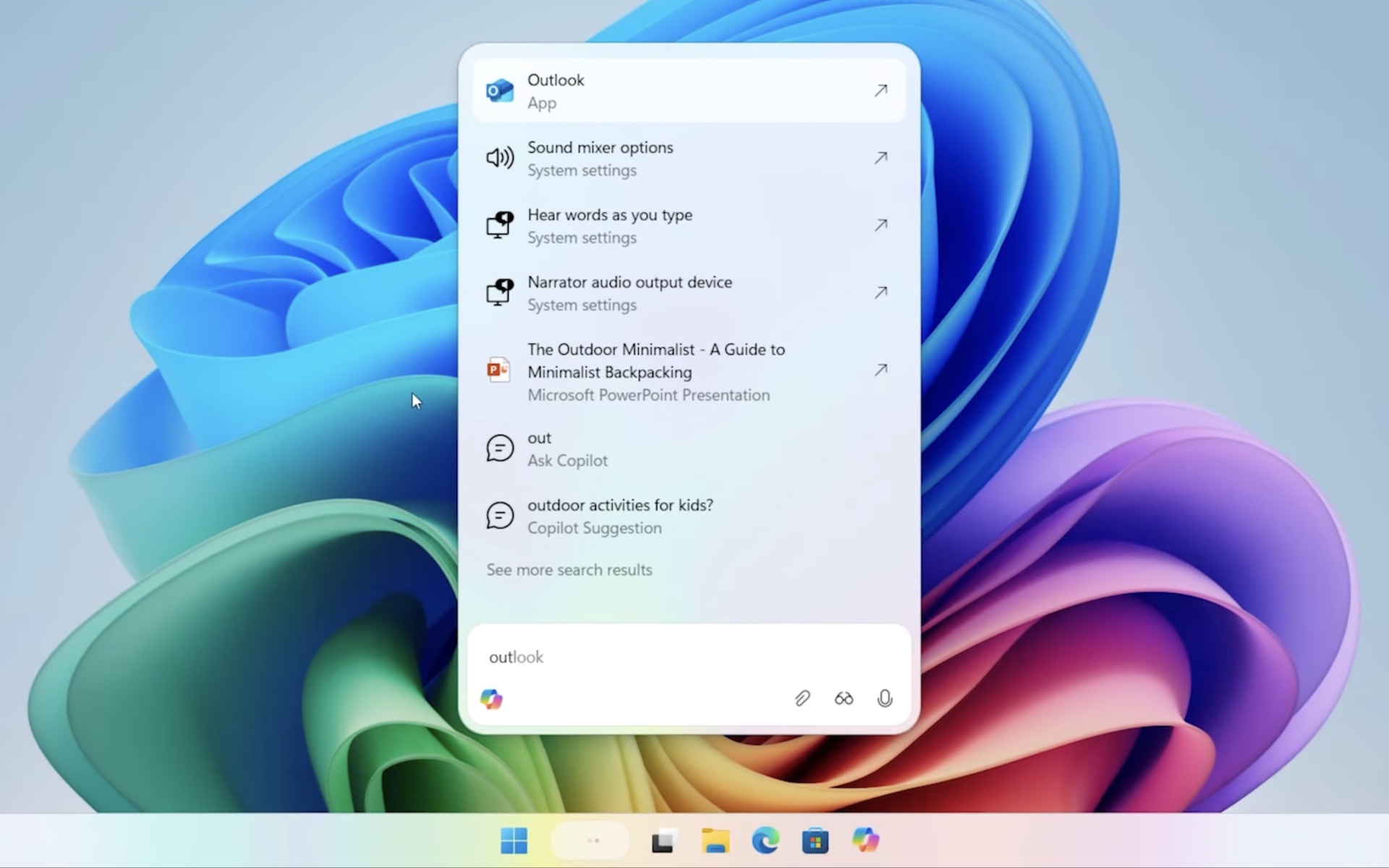Smart beds leave sleepers hot and bothered during AWS outage
Some users complained that malfunctioning devices kept them awake for hours. Others bemoaned waking up in the middle of the night drenched in sweat.
Even more basic features, such as alarms, failed to work when Eight Sleep’s servers went down.
Eight Sleep will offer local control
Eight Sleep co-founder and CEO Matteo Franceschetti addressed the problems via X on Monday:
The AWS outage has impacted some of our users since last night, disrupting their sleep. That is not the experience we want to provide and I want to apologize for it.
We are taking two main actions:
1) We are restoring all the features as AWS comes back. All devices are currently working, with some experiencing data processing delays.
2) We are currently outage-proofing your Pod experience and we will be working tonight-24/7 until that is done.
On Monday evening, Franceschetti said that “all the features should be working.” On Tuesday, he claimed that a local control option would be available on Wednesday “at the latest” without providing more detail.
Eight Sleep users will be relieved to hear that the company is working to make their products usable during Internet outages. But many are also questioning why Eight Sleep didn’t implement local control sooner. This isn’t Eight Sleep’s first outage, and users can also experience personal Wi-Fi problems. And there’s an obvious user benefit to being able to control their bed’s elevation and temperature without the Internet or if Eight Sleep ever goes out of business.
For Eight Sleep, though, making flagship features available without its app while still making enough money isn’t easy. Without forcing people to put their Eight Sleep devices online, it would be harder for Eight Sleep to convince people that Autopilot subscriptions should be mandatory. Pod hardware’s high prices will deter people from multiple or frequent purchases, making alternative, more frequent revenue streams key for the 11-year-old company’s survival.
After a June outage, an Eight Sleep user claimed that the company told him that it was working on an offline mode. This week’s AWS problems seem to have hastened efforts, so users don’t lose sleep during the next outage.
Smart beds leave sleepers hot and bothered during AWS outage Read More »
